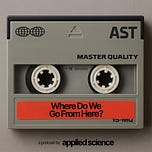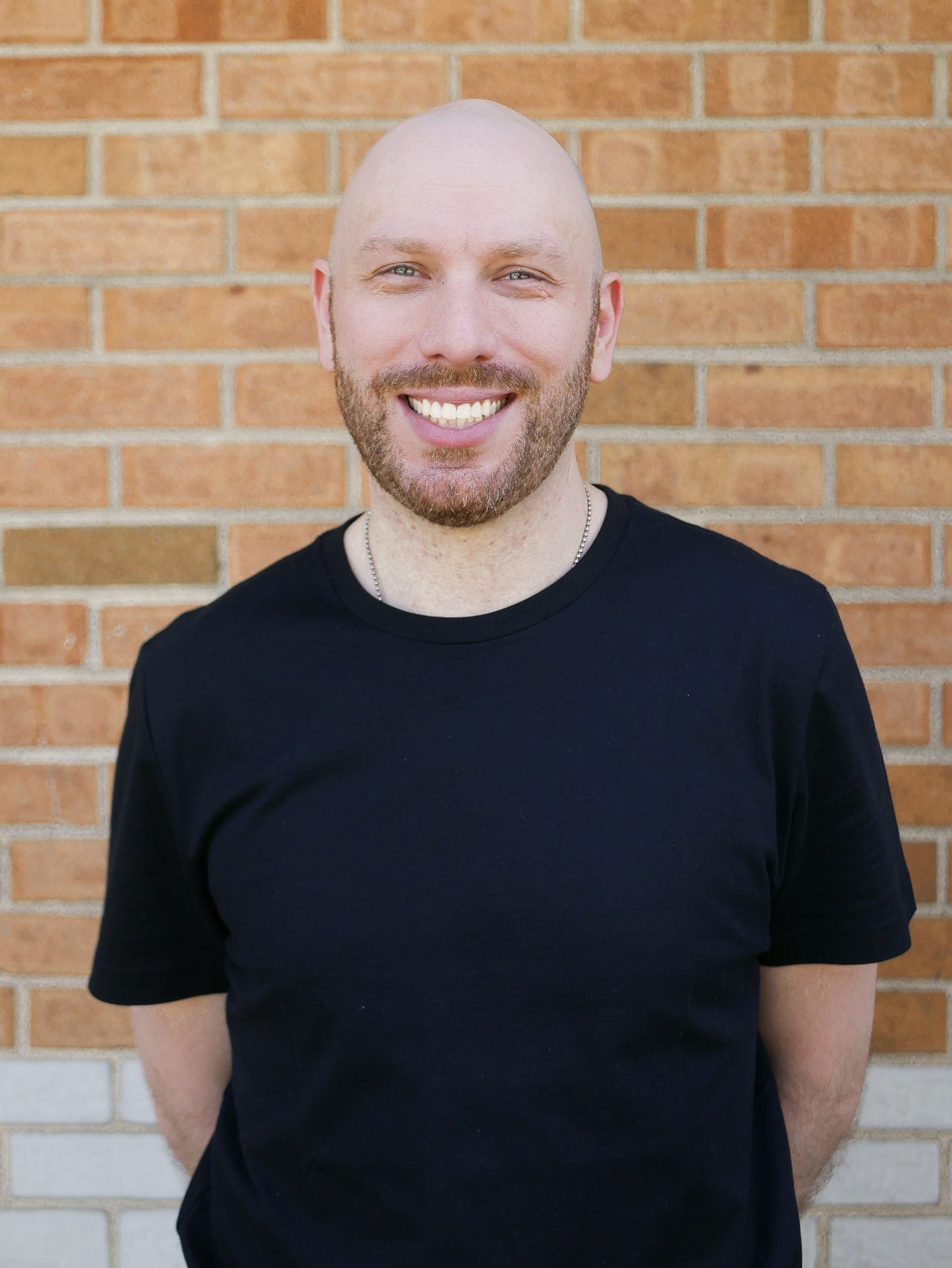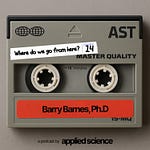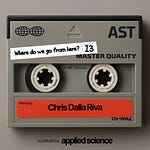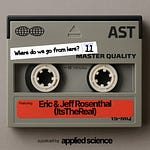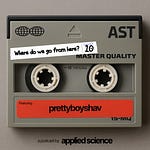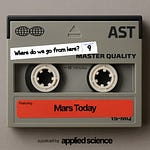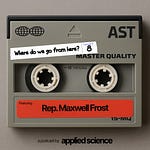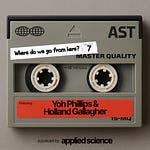My guest on this episode of Where Do We Go From Here? is Brian Zisook, known to many as DJ Z or simply Z. In the early 2000s, he shepherded a site called DJBooth, helping it become a pivotal editorial voice in the hip-hop blogosphere. From there, he co-founded Audiomack, a company that has consistently been ahead of the curve in digital music streaming and fan engagement. Most people may know him peripherally from his social media presence, where his threads about the music industry on the platform formerly known as Twitter tend to not only illuminate difficult concepts, but inspire a lot of debate in the process.
Z is such a generous guy, super willing to share his stories, his triumphs, his failures, and his practices. It’s a refreshing perspective in an industry that so often feels cloaked in shadows, where people so often gatekeep information to the extreme detriment of future generations. That’s not Z’s spirit and it certainly made for a very candid conversation.
A few key takeaways from our conversation…
Build with the flow of consumer behavior, not against it. Late in our conversation, Z talks about some intriguing tools that lean into modern music consumption behaviors like remixing, chopping and screwing, and speeding up that are often frowned upon by rights holders and targeted with takedowns, even in spite of the common knowledge that this sort of user-generated content often defines the rise of hit records. Audiomack has built tools that allow users to engage in these actions without allowing them to take their creations off platform, enabling a common practice while also creating meaningful guard rails for rights holders. "Meet [the consumer] where they are,” Z says. “Acknowledge that [remixing] is something that they love doing, and figure out a way to formalize it and monetize it so that everybody wins."
Digital locals. One of the most interesting ostensible contrasts between Audiomack and big box streamers like Spotify and Apple is a focus on hyper-locality, leaning on user locations to serve more regional music suggestions and focus on scenes that might otherwise be ignored. This sort of targeting runs counter to the previous decade and a half of the musical internet, which often trafficked regional sounds from one city or town to the next in seconds, leading to a kind of musical globalism that began to seemingly strip place away from sound. "Basically, we wanted the app to feel personalized based on two parameters,” Z says, “which are listening history, but also geography." This type of feature both reflects and enhances a real world trend we’ve both noticed, a return to vibrant regional scenes and the often self-contained sounds that accompany them. It is shocking that more services have not built features to take better advantage of locally popular artists, though I imagine the calculus here is that Spotify and Apple don’t see a value proposition greater than other feature builds on their respective roadmaps.
The only constant is change. We talk at great length about the increasing speed at which the music industry and technology writ large has changed. In the process, I bring up my theory of the music industry’s eras from Applied Science #13: Read the Labels. I posit that the three major eras of the music industry can be broken into The Age of Identity (1877 - 1999), The Age of Consolidation (2000 - 2016), and The Age of Choice (2016 to present). Of this most recent era, I wrote: “It is worth noting that this ‘age of choice’ has been accompanied by rapid consolidation of power and record revenues by major labels, a paradoxical last days of Rome that seems to portend unpredictable shifts in industry profit centers and fame-making. We’re in the primordial phases of this most recent age. As the most malleable, it may end up being the longest. It features considerable consolidation, but definitionally it can almost never be as consolidated as the industry in the two eras that preceded it.” My conversation with Brian made it clear that I may have looked at this era too concretely, that it is more accurately broken into smaller eras that reflect the rapidity of change and nearly infinite choice, rather than merely some choice. Z’s career arc and vision for how to maneuver Audiomack through this moment are testaments to the necessity of adaptability along with the almost paradoxical need to commit to clear first principles that guide you through times of extreme turbulence. In Z’s case, I would argue those principles are build with artists in mind first and foremost and build with the most avid music consumers in mind second. The rest follows.
Special thanks to Anna Kasper for producing, Will Grogan for providing music, and Hugh Huntingford for designing the Applied Science logo and podcast cover image. Tune in next time as I continue on my journey to try and leave the world a little better than I found it.
Even though so much of Los Angeles has returned to a sense of eerie normalcy, the loss from January’s fires remains immeasurable and many people still need help. As usual, please see a list of resources for fire recovery below.
LA Country has launched an exhaustive website with resources for preparedness and recovery (including links for debris removal and right of entry forms). The site is updated regularly (most recently on 3/10/25).
Mutual Aid Network of Los Angeles’s provides an expansive number of funds, organizations, and aid types across the expanse of the city. Additionally, it provides a powerful tool for finding specific aid types. A great place to start for anyone looking to do some good or in need of assistance.
A book/PDF written for parents to help explain the enormity of wildfire to their children.
PBS SoCal’s resources for how to talk to children about wildfires.
A U.S. government fact sheet on protecting children from wildfire smoke and ash.
A spreadsheet of GoFundme’s for Black families from Altadena who have been displaced or lost their homes. Altadena is one of Los Angeles’ historically Black centers, a place where generations of hard-earned wealth and equity in the land were decimated in a matter of days. (first seen via Saul Williams)


